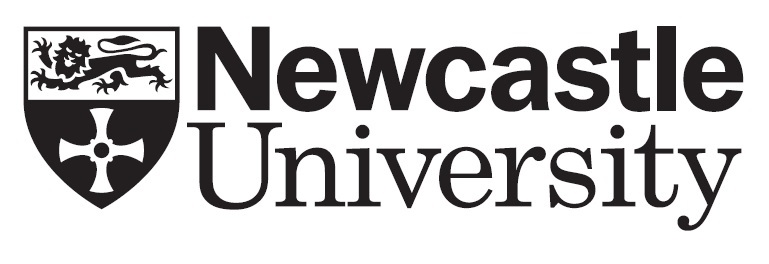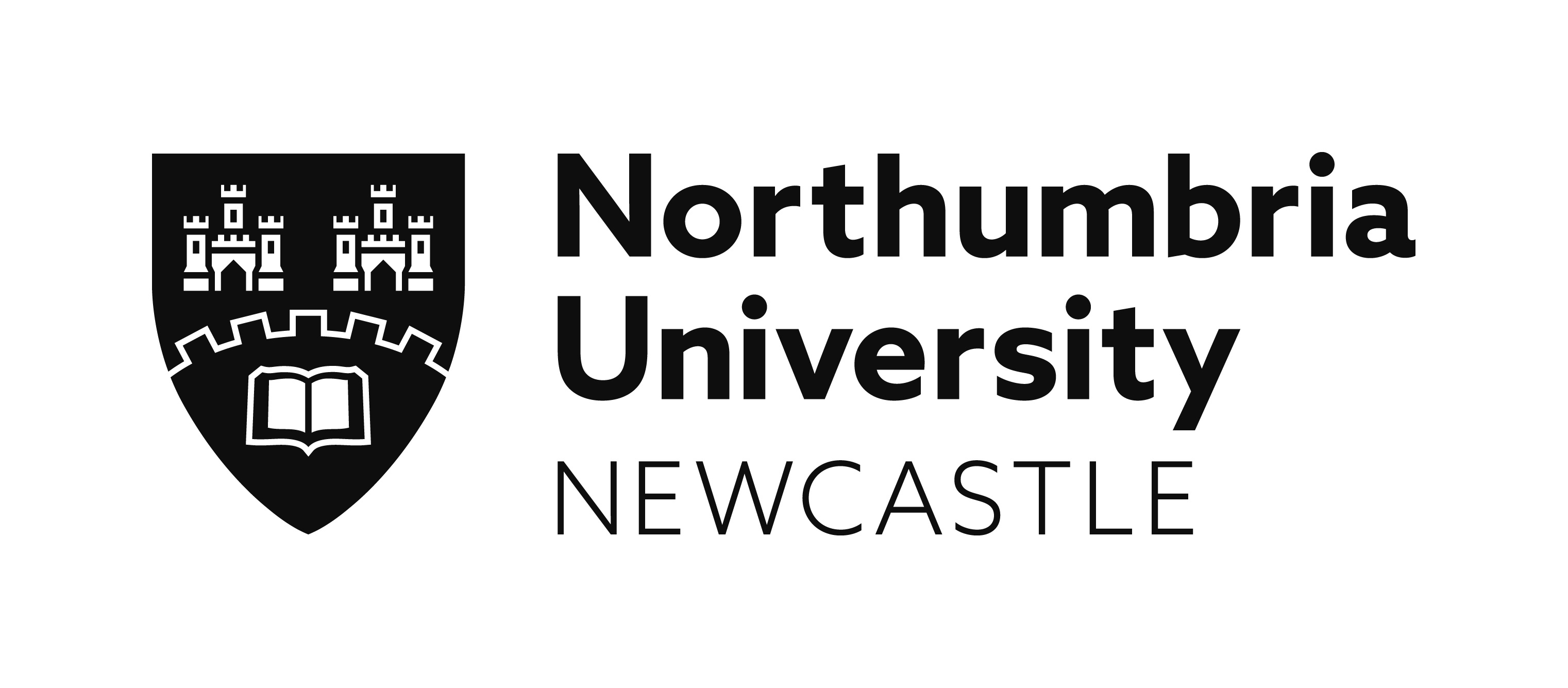Exploring Diversity in Public Sculpture
Klairi Angelou (PMSA - Public Monuments and Sculpture Association, London)
In recent years, scholarship and society have become increasingly sensitised to the issue of diversity and inclusivity. We believe that questions around the depiction and representation of diversity in public sculpture have become increasingly hard to ignore and should, therefore, be addressed and thoroughly discussed. There may have been an increase in public sculpture commemorating women’s achievements (for example, the statue of Millicent Fawcett in London) and memorials acknowledged by queer culture (for example, Kiss Wall in Brighton), and Marc Quinn’s Alison Lapper Pregnant in Trafalgar Square (2005) may have put disability, femininity and motherhood on the map, but there is still a long way to go. This session aims to promote the value of diversity in sculpture and challenge hegemonic narratives and approaches to it. It will address issues of marginalisation and explore in what ways diversity is understood and reflected in public sculptures.
The papers of this session come from all periods and geographic locations and advocate for interdisciplinary approaches, as well as fresh interpretation of existing knowledge and presentation of new material emerging from research, conservation and archival discoveries. Issues which will be discussed include, but will not be limited to:
- Queer approaches to public sculpture, as well as perceived politicised uses of queer memorials;
- Sculpture representing ethnic diversity;
- How the employment of different materials/techniques is involved in representing diversity;
- The role of museums and institutions towards diversifying sculpture;
- Case studies through which gender/sexual/social/national identity is explored and challenged through sculpture.
Open and inclusive in scope, our session will host a range of speakers concerned with broadening the understanding of public sculpture and become the topos of an exciting and challenging discussion, drawing upon a range of diverse sculptural practices.
Speakers
Viewing Portraits of Pain: The black female body and the white gaze in Carpeaux’s Why Born Enslaved!
Elyse Nelson (The Metropolitan Museum of Art)
Exploring Diversity in Sculpture and Art on Campus at the University of Edinburgh
Liv Laumenech (University of Edinburgh)
Bestial Forms: Representations of the queer body and its relationship to the grotesque
Niall Billings (The Courtauld Institute of Art)
Cultural Value, Celebrity and Public Sculpture in the UK
David Wright (University of Warwick)
Identity Politics and Cultural Hybridity in Zheng Bo’s Sing for Her
Tin Ping Yeung (The Courtauld Institute of Art)
Conveying Ethnic Identity and Diversity via Public Sculpture in the Global City
Menno Hubregtse (University of Victoria)
Click here to download this session's abstract or view below
Viewing Portraits of Pain: The black female body and the white gaze in Carpeaux’s Why Born Enslaved!
Elyse Nelson (The Metropolitan Museum of Art)
In 1869, the French sculptor Jean-Baptiste Carpeaux debuted a marble bust of a woman of African descent, naked and bound by rope, at the Paris Salon. Marked with the inscription ‘Pourquoi Naître Esclave!’ (Why Born Enslaved!), the bust was an apparent expression of its maker’s anti-slavery sentiments, which achieved immense popularity through the sale of editions produced by Carpeaux and his workshop. Carpeaux conceived of the bust while working on a public fountain of the allegorical Four Continents, in which a full-length figure, arms extended to the sky, bearing a broken shackle around her ankle, appears as Africa.
This paper explores Carpeaux’s decision to re-enslave the figure in his bust, depicting her struggle for freedom rather than freedom itself. Produced a few years after the close of the American Civil War and some 20 years following the French Emancipation, the bust became an object of intrigue and empathy for the sculptor’s bourgeois audience. Placing the work within the context of European imperialism, I examine Carpeaux’s bust as a site of complex racial and gendered ideology at the end of the Second Empire, and expand on issues of 19th-century reception through the lens of contemporary viewership within the space of the fine arts museum.
Exploring Diversity in Sculpture and Art on Campus at the University of Edinburgh
Liv Laumenech (University of Edinburgh)
The University of Edinburgh Art Collection is one of the Museum Heritage collections at the University of Edinburgh. Comprising 12 sub-collections, it amounts to over 8,000 works of art from ancient sculptural fragments, film work to contemporary painting. Artworks from the collection are on display throughout the University campus, including over 20 exterior sculptural works.
Since 2016, art on campus has become a strategic focus for the Art Collection. As well as renewed engagement with the existing sculpture, the curatorial team is undergoing a period of reflection and re-evaluation of the development and ethical foundations of the collection’s holdings and commissioning practice.
This paper will provide an overview of the background to the collection, art on campus and the work carried out thus far to not only develop opportunities for new commissions but also to work to embed structural changes to enable diversification of holdings in meaningful ways and following best practice methods.
To this end, it will unpack two contemporary art commissions installed during the 2017/18 academic year as well as an ongoing commission as examples of diversification activity from both conceptual and ethical perspectives. This paper will also consider wider practical and curatorial decisions and work undertaken by the curatorial team including teaching initiatives, ongoing research and recent policy redevelopment. This paper will share victories achieved and the challenges that are still faced by one institution reflecting on its role in exploring diversity and how it might be achieved.
Bestial Forms: Representations of the queer body and its relationship to the grotesque
Niall Billings (The Courtauld Institute of Art)
The spindly and misshapen bronze limbs of Barry Flanagan’s Nijinsky Hare (1985) twist and contort in a manner suggestive of ecstatic movement. Flanagan’s sculptures, which have been installed in numerous public spaces, were initially inspired by the Polish-born Russian dancer Vaslav Nijinsky as well as by Rodin’s bronze casts of Nijinsky’s Faune. Nijinsky, often thought to be homosexual, choreographed his first ballet in 1912 entitled L’Après Midi D’un Faune. Within my MA thesis, I examined the way in which Nijinsky’s Faune symbolised the exploration of his own queer sexuality through the use of a bestial and grotesque figure.
Nijinsky’s malformed and animalistic interpretation of the Faune can be seen within both of the artist’s works. Rodin’s and Flanagan’s sculptures reveal a deformed and hideous creature, posed on one leg with distorted limbs and facial features. The overall hunched demeanour of the figures is suggestive of a wild beast contorted in a protective gesture from the gaze of the spectator.
Within my talk, I plan to discuss the association of the queer body and that of the beast and how this interacts with/invades the notion of a heteronormative public space. I will also focus on the similarities between the figures of the Faune and the Hare and how this is represented within Nijinsky’s ballet as well as within both Rodin’s and Flanagan’s sculptures. Furthermore, I plan to examine the role of the stage as a public space and the balletic body as a sculptural form.
Cultural Value, Celebrity and Public Sculpture in the UK
David Wright (University of Warwick)
Since the unveiling of the statue to the late Eric Morecambe in 1999, the UK has experienced a boom in statues and memorials dedicated to deceased entertainers, comedians and musicians from the mid-to-late 20th century onwards. Further examples include the comedians Tommy Cooper (unveiled in Caerphilly in 2008) and Victoria Wood (unveiled in Bury in 2019) or the musicians David Bowie (Aylesbury, 2018), Amy Winehouse (Campden, 2014) or Bon Scott (Kirriemuir, 2016). This paper draws on research into the processes and practices that produce such statues to reflect on this phenomenon in the context of debates about popular culture and cultural value in British public sculpture and reflects on the place of such statue projects in the strategic priorities of local cultural policymakers. The paper sketches the characteristics of these statues and their subjects, explores their geography, identifies local and national controversies about the subjects and forms of the sculptures themselves and the claims to local identity and belonging that accompany them. Drawing on debates about cultural heritage, commemoration, popular culture and the democratisation of history (Samuel 2012; Lowenthal 1998; Brandellero and Janssen 2014) and in the context of recent international controversies about the politics of apparently permanent memorials to other kinds of historical figure (for example, Johnson 2014; Newsinger 2016) the paper concludes with some reflections on the aesthetic and political implications for public sculpture of the expansion of the category of the memorialis-able to include figures from popular commercial culture.
Identity Politics and Cultural Hybridity in Zheng Bo’s Sing for Her
Tin Ping Yeung (The Courtauld Institute of Art)
This paper considers a socially engaged public installation by Zheng Bo titled Sing for Her. A colossal, rusted funnel-shaped structure that unapologetically cut into the cityscape, this spectacular artwork stood for half a year between 2015 and 2016 at the hectic intersection of Nathan Road and Art Square in Hong Kong’s Tsim Sha Tsui district. It invited passers-by to sing along karaoke-style to the soundtracks of seven songs performed by seven ‘minority’ groups who are resident in Hong Kong. Zheng Bo’s aim was to give voice to those labelled minorities by asking participants, many of whom were not minorities, to sing for and with them.
This paper examines the political efficacy of Sing for Her. Did the element of entertainment, spectacularity, and, above all, interactivity of Sing for Her successfully ‘give voice to’ the so-called minority communities? Through Homi Bhabha’s framework of the ‘third space of enunciation’ – a space of discursive ambivalence that makes the emergence of agency possible, I will interrogate the identity politics of multiculturalist rhetoric in Hong Kong and consider the alternative space Zheng Bo activates. Putting the theories of Boris Groys, Grant Kester, Claire Bishop and Jacques Rancière in dialogue with each other and then connecting them to Bhabha’s idea of the ‘third space’, I will argue that Sing for Her bound participants in an aesthetic tension that dialectically negotiated between reality and imagination, static representations and fluid iterations, and, ultimately, identity and difference.
Conveying Ethnic Identity and Diversity via Public Sculpture in the Global City
Menno Hubregtse (University of Victoria)
This paper examines public sculptures that address ethnic identity in Vancouver, San Francisco, Singapore and Dubai. Each of these global cities has installations at airports, real estate developments, shopping malls and art galleries that point to their region’s cultural groups. I illustrate how public artworks selected by arts commissions and museums tend to offer more nuanced readings of diversity than sculptures commissioned by private developers. Moreover, public arts organisations are usually willing to address politically contentious issues regarding immigration and colonisation, whereas private enterprises tend to celebrate a region’s cultural identity for commercial gain. For instance, Vancouver’s airport authority has installed a number of Northwest Coast Indigenous sculptures to evoke a ‘sense of place’ and to stimulate passenger spending.
These artworks contrast with Ken Lum’s Four Boats Stranded: Red and Yellow, Black and White which is on the roof of Vancouver Art Gallery. While Lum’s piece refers to the region’s Indigenous peoples as well as settlers and immigrants of European, Chinese and Indian descent, it does not merely highlight diversity in Vancouver. Rather, it critically addresses how stereotypes are used to identify and deride these groups. I discuss how place-themed sculptures commissioned by private and public organisations in Vancouver, San Francisco, Singapore and Dubai address identity and why these pieces often highlight only some of the region’s cultural groups and elide others. I consider the subject matter of these sculptures in terms of where they are placed in the city as well as political, social and economic conditions pertaining to the region.
|
|
|
|
|
|
Supported by
Conference Sponsors
![]()
Sponsored by
ASSOCIATION FOR ART HISTORY
![]()
Terms & Conditions
![]()


